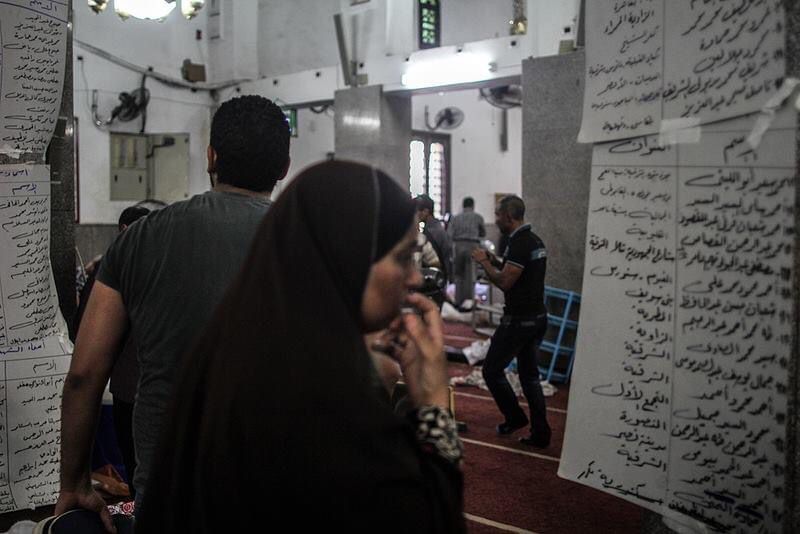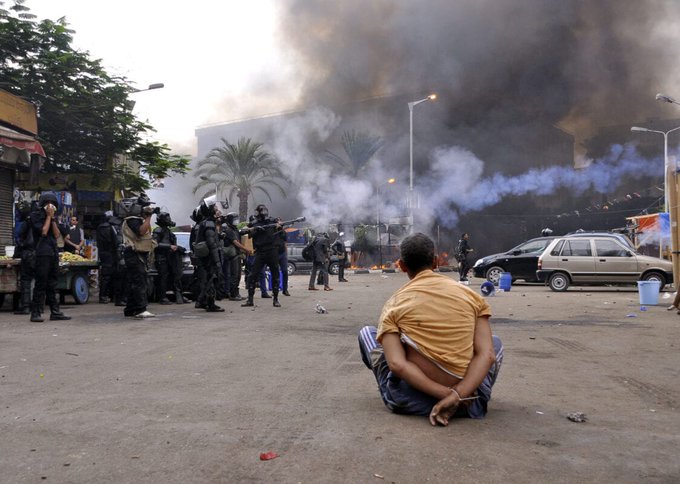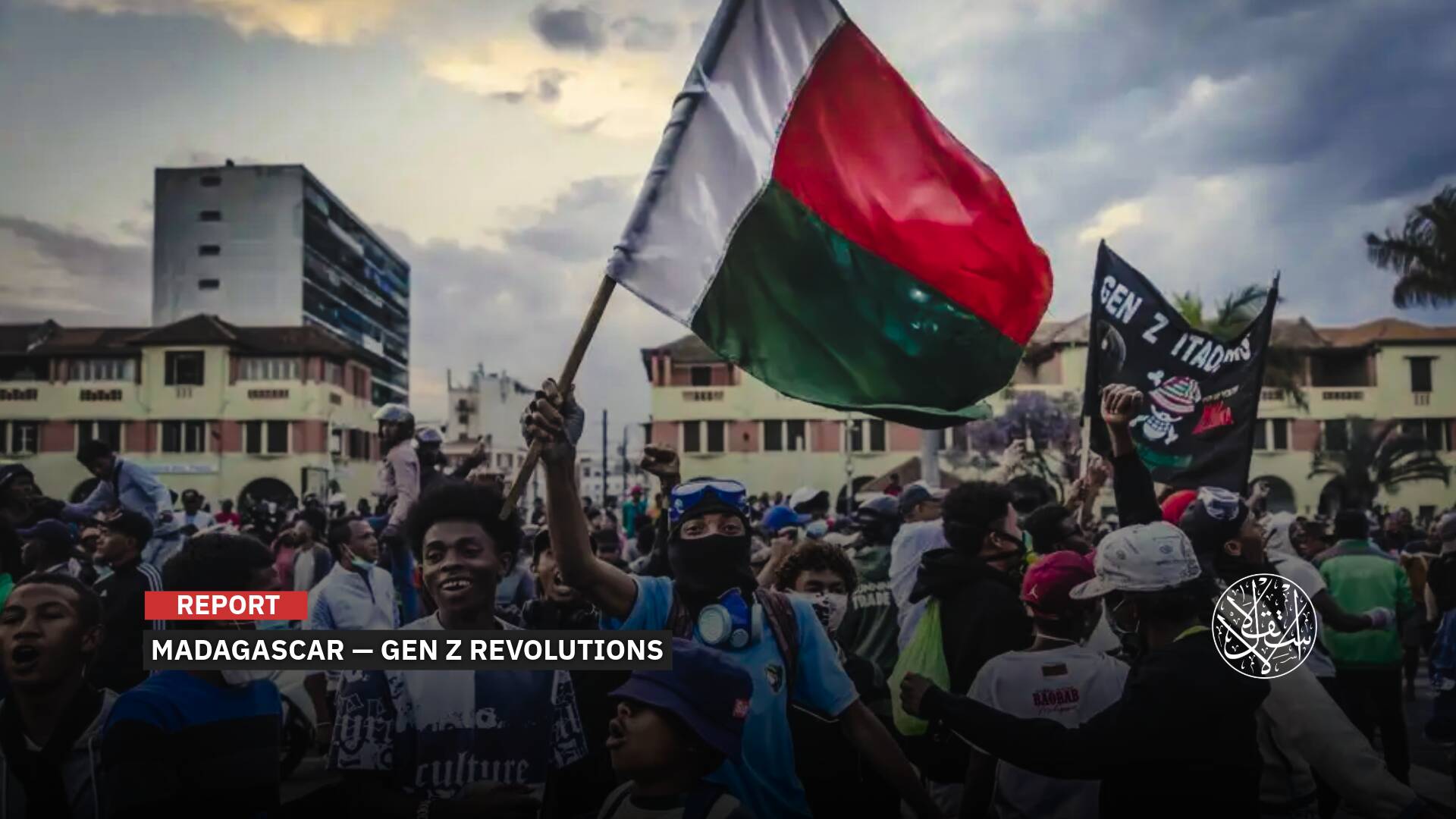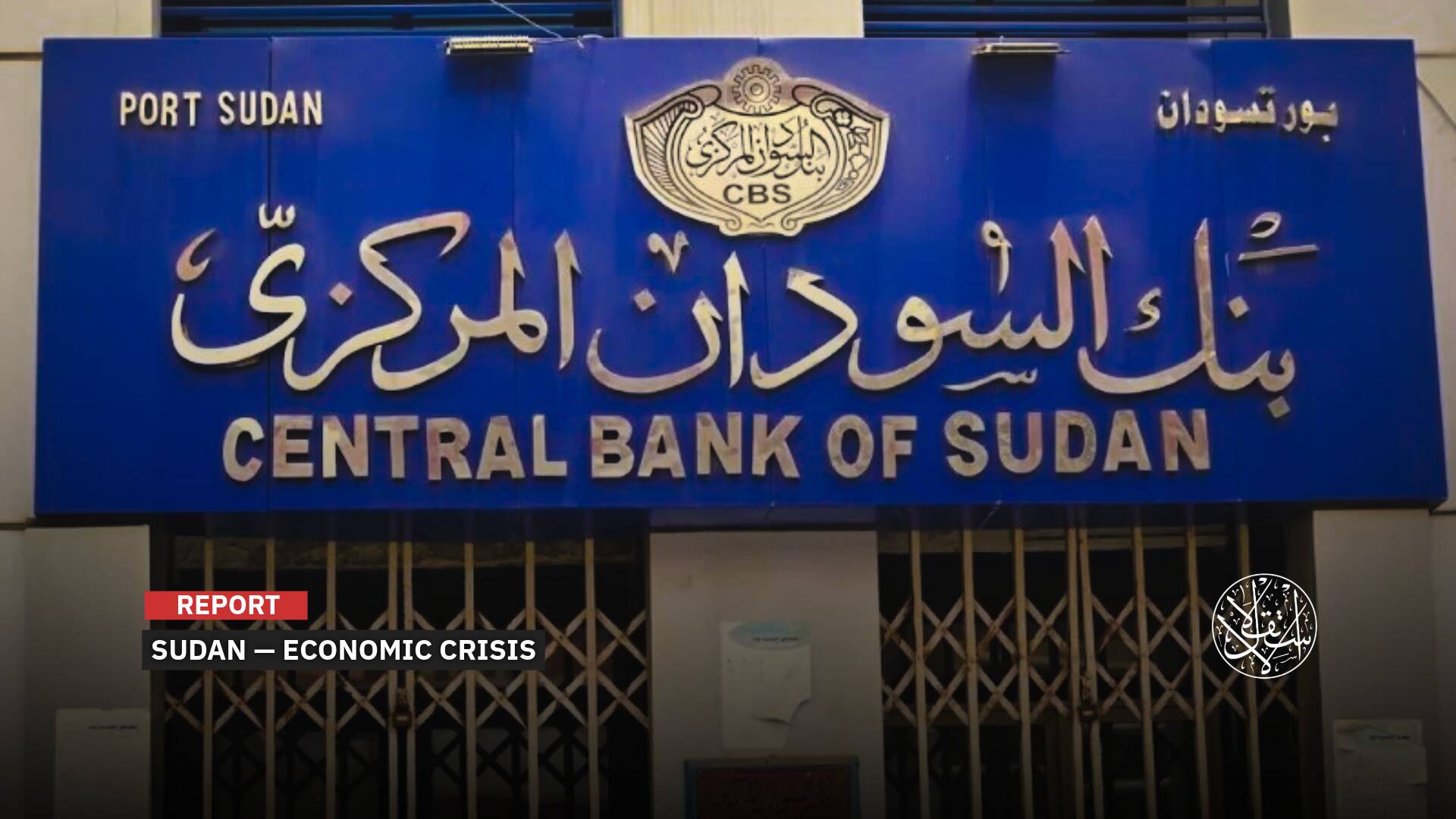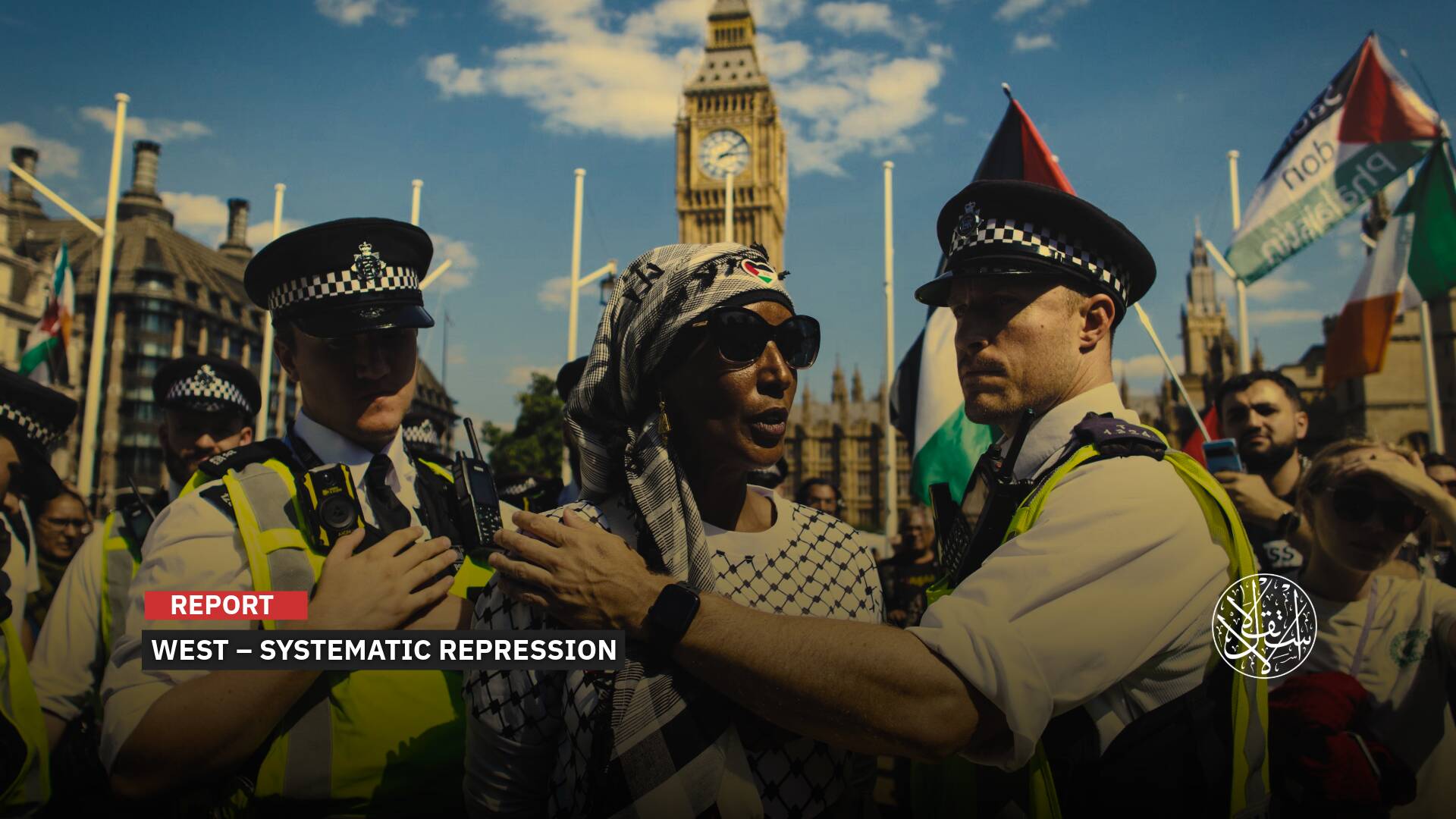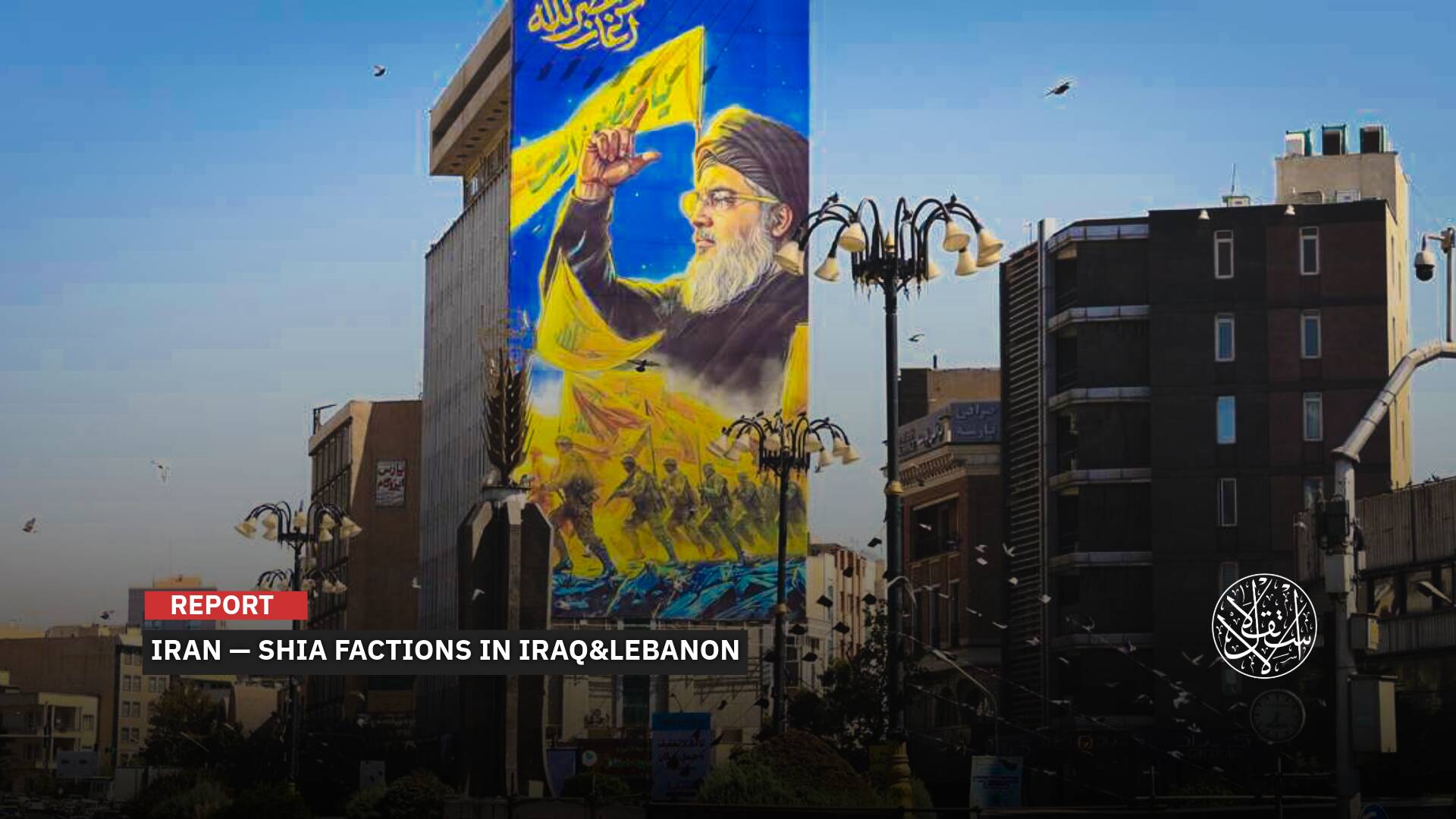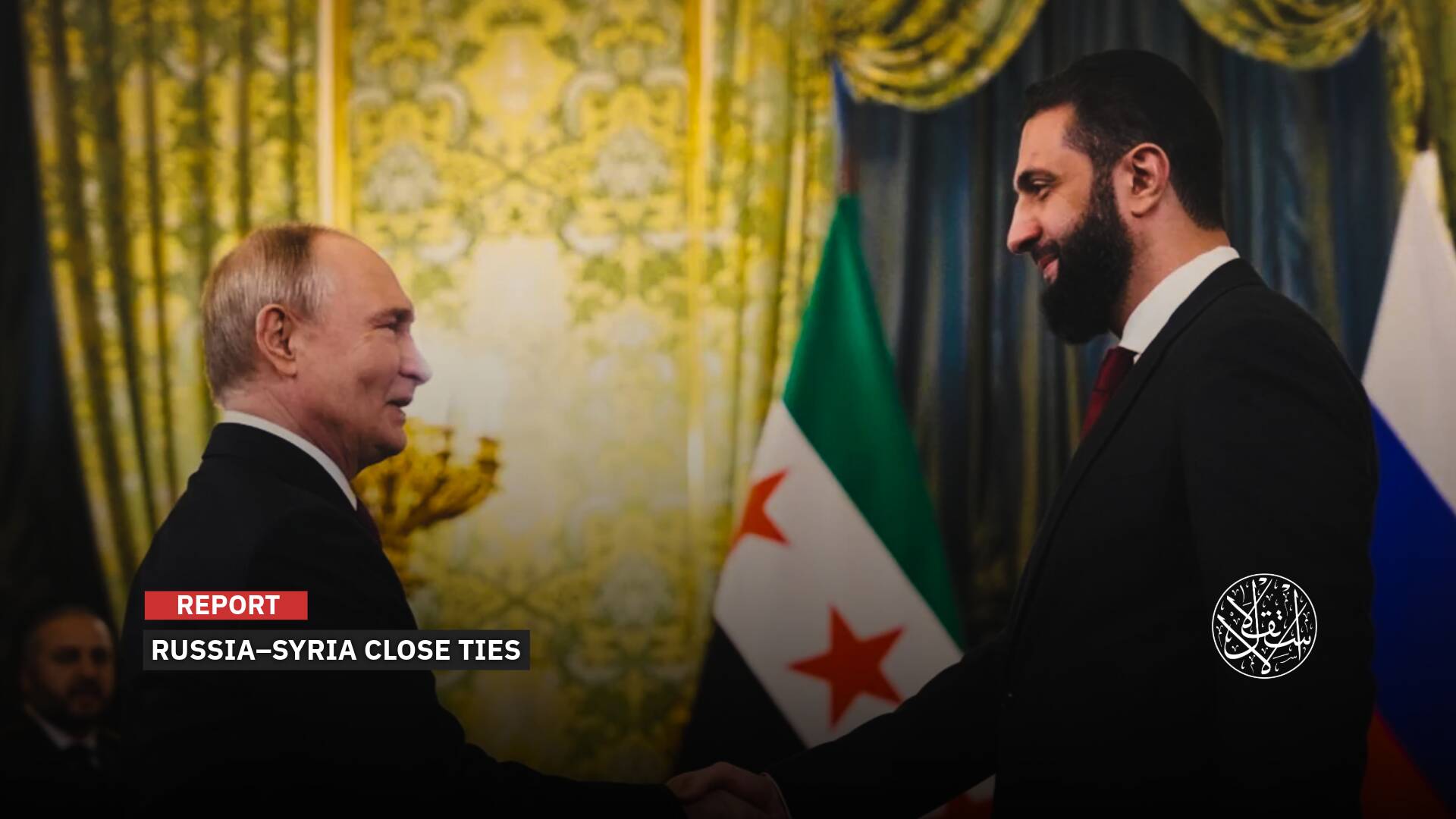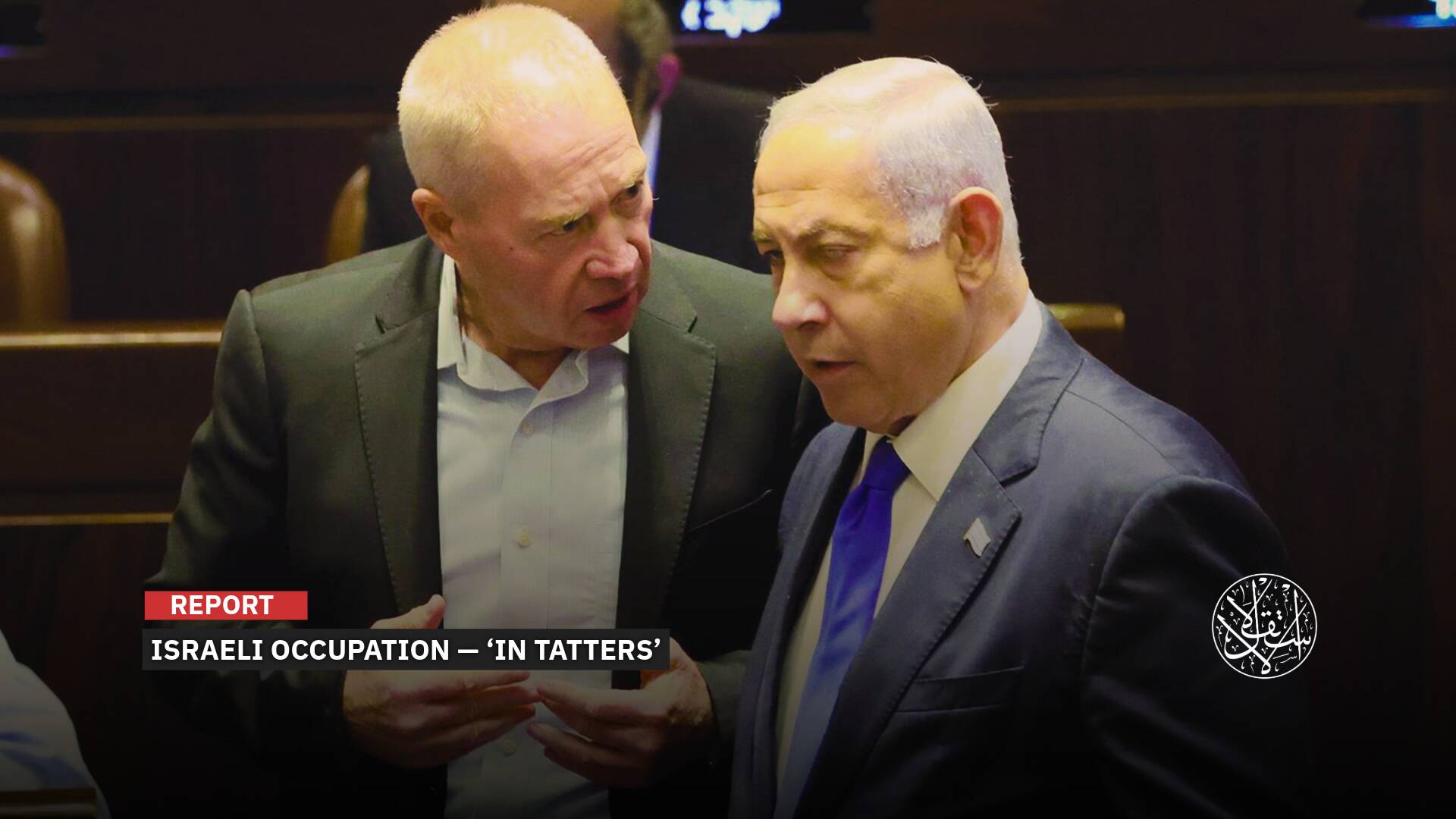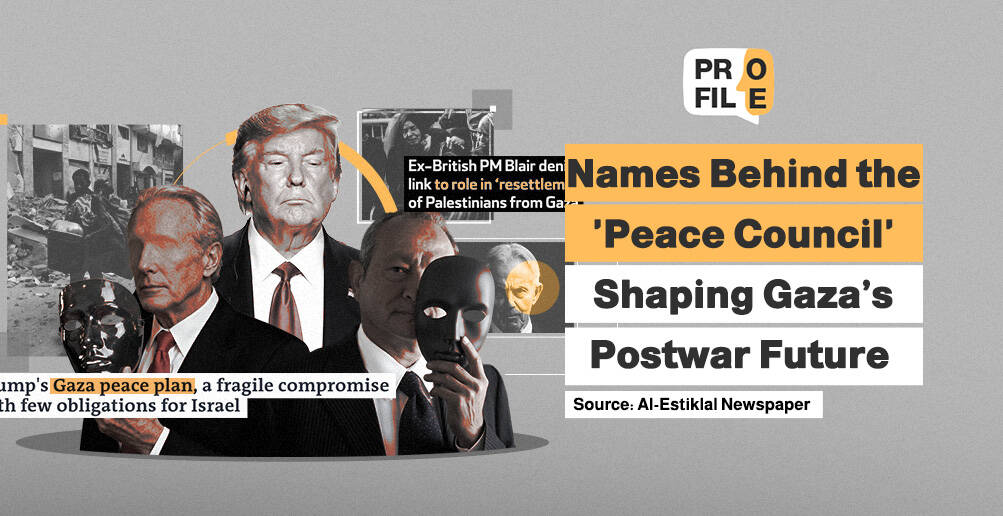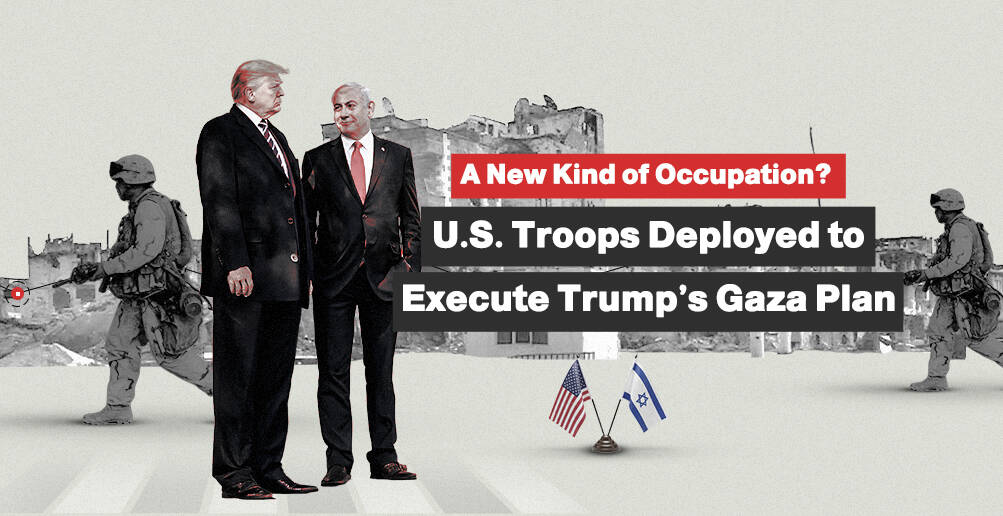New Numbers After 8 Years; What Is the Real Number of Victims of the Rabaa Break-Up in Egypt?

Eight years after the massacre of Rabaa al-Adawiya, a new documented study has been released revealing the actual number of martyrs shot dead by Egyptian security in the worst massacre of Egyptians in modern times, according to international human rights organizations.
Despite numerous human rights and press reports documenting and monitoring the facts of the bloodshed and revealing many of the names of his victims, they were not enough to reveal all the truth that the regime concealed by burning Rabaa Square and its field hospital.
On the 8th anniversary of the massacre on 14 August 2021, the British research institution "Awareness" issued a documentary study of the facts of the massacre and a unified list of martyrs, drawn from the result of statistical scrutiny and analysis of the bloodshed process.
The documentation was limited to martyrs for only one day, limited to the hours of the dispersal of the sit-in on August 14, 2021, and will be followed by documentation of the rest of the massacres in Egypt after the coup, with the aim of preserving the facts from the fraud practiced by the authorities.
The highest number of victims ever monitored by WikiThawra was 932, while Human Rights Watch documented the names of 817 victims, noting that the actual number exceeded 1,000.
On the other hand, official and semi-official statements were the lowest, with only 377 victims reported by the Forensic Medical Service, while the National Council for Human Rights (governmental) spoke of 632 people.
But an "Awareness" study documented the names and data of the killing of 1,014 victims during the bloody break-up by then army commander Abdel Fattah al-Sisi, for the sit-in of supporters of the late President Mohamed Morsi in Rabaa Square, east of Cairo, and Al-Nahda square in Giza.
Conflicting Lists
On August 15, 2013, Egyptian health announced that 638 people were killed and 3,994 injured, including 333 civilians and 7 officers, in the vicinity of Rabaa.
Egyptian authorities have stopped releasing data on the number of people killed since August 16, 2013.
But the prime minister, who issued the order to forcibly break up the sit-in, Hazem al-Beblawi, admitted in an interview with ABC on August 28, 2013, that the Rabaa death toll was about 1,000.
In its March 17, 2014 report, the National Council for Human Rights (Governmental) reduced the death toll from 632 to 624, compared with 80 in Ennahda Square.
The June 30 fact-finding committee, formed by a Republican decision, also reduced the number of Rabaa victims to just 607 in its November 26, 2014 report.
However, in a report entitled "Weeks of Murder", 17 March 2014, the Egyptian Initiative for Personal Rights said that 932 people were killed and 87 were killed in Ennahda.
Although WikiThawra said it had counted 932 deaths "through fully documented bodies," it said it had documented 328 killings collected from several locations in the vicinity of Rabaa, the Anonymous Mosque of Faith and hospitals.
Statistical Analysis
The statistics of Rabaa Field Hospital before the complete dispersal and burning of its security forces and the famous Rabaa Mosque, confirm that it counted 2,200 bodies.
"The coalition supporting legitimacy and rejecting the coup" said in an official statement: The number of people killed in Rabaa Square alone was 2,600.
The number of victims in previous data has doubled compared to all the lists of human rights and research organizations, the latest of which is an "Awareness" study that raises questions about the phenomenon of "disappeared".
Some of the residents of the protesters are still searching for their relatives, who have been missing for eight years, and are not on the declared lists of the dead or among those detained in prisons.
Protesters who attended the Rabaa break-up spoke to "al-Estiklal" about the "phenomenon of the disappeared", and confirmed that unlike the martyrs who had been monitored or issued death certificates, there were protesters who disappeared and no trace was found on them.
"This mystery is explained by army bulldozers that were dredging bodies and tents with debris and field debris," says a doctor who declined to be named.
"Bulldozers were putting bodies in army, police and local vehicles, throwing them into pits in desert areas outside Cairo to hide the crime scenes," he said.
An employee who was arrested and later released tells al-Estiklal that he "was guarding the food of the protesters and saw for himself colleagues who were shot down by security and the army."
"Huge bulldozers washed them away with rice, food and tents and threw them into huge trails," he says.
Adel Dardiri Abdel Jawad, who was missing from contact with him while trying to recover the body of his son Mohamed Adel, who died in the Rabaa massacre, according to the Egyptian Network for Human Rights, has been missing for eight years.
Khaled Mohammed Hafiz Ezzedine, managing director of the Beni Suef Electricity Company, was among the protesters and his news was cut off since July 27, 2013, and his wife last saw him on An Arab satellite channel, with a head injury.
Several videos posted depicting army bulldozers running over and raising bodies in the remains without knowing anything about the fate of the disappeared victims.
A report by Watan TV early monitored this phenomenon and listed the names of those who disappeared in the massacre and have not been found in prisons or among the deaths announced so far.
According to the "Awareness" study, there are more than 900 death certificates and burial permits for victims of events that took place during this period, and the victims of the break-up were extracted, which means that not everyone killed has been obtained a death certificate.
Most of the studies that monitored the numbers of Rabaa martyrs did not pay attention to the diversity of the protesters among higher graduates, managers, trade unionists, workers, peasants and students, nor because they belonged to different provinces.
Statistical analysis of the data of the victims of the Rabaa sit-in break up showed that what happened was a "mass murder deliberately" of civilians and peaceful protesters.
It revealed that if the sit-in was armed, as claimed by the coup authority at the time, the bloody break-up would have resisted the expectation of significant losses in the security forces and police attacking the protesters, including women, children and the elderly.
According to the research, of the 1,014 victims, nine were police, fire and military personnel, including some bearded pro-sit-in officers and civilian-dressed officers who were on sit-in for various purposes.
A third of the victims, according to the research, were from Cairo province, accounted for 31 percent, while another 24 Egyptian provinces shared the rest.
Among the victims was British Sky News journalist Michael Douglas, confirming that the perpetrators of the massacre targeted journalists.
Women's victims reached 15 percent, 1.5 percent, 999 males accounted for 98.5 percent, and the most age groups among victims were between 18 and 60 years of age.
The study selected 11 figures as models among the victims of the Rabaa sit-in break-up, which did not appear on the scene, and did not belong to a single faction as marketed to that coup regime.
"They all loved freedom, dignity and justice, and sought to achieve it within the legitimate popular movement in the January 25th revolution, all of whom are absolutely revolting against injustice, tyranny and corruption," the study said.
One of them, Al-Mutassim Abdel Nasser Ajaj, participated in the January 2011 revolution and played music in Tahrir Square among the rebels.
The study spoke of Al-Azhar student Maryam Ali, who participated in the January revolution and subsequent events, including the massacre of Mohammed Mahmoud (a Cairo street that witnessed the Massacre of January Revolutionaries).
She also pointed to Al-Azhar University professor of interpretation Abdul Rahman Aweys, who joined the Rabaa sit-in, and was a martyr along with his son.
The mother of Ramadan, Hiba Mohammed Fikri, had no political affiliation, but appeared in the scene of her martyrdom facing the killers face-to-face, raising the Qur’an in their faces, and according to the study, the killers rushed her shouting "Allahu Akbar" with a shot in the chest.
Mustafa al-Kurdi, a simple figure and middle schooler, who insisted on being stationed at the sit-in from his first day, went to work and returned to the sit-in.
When the massacre began, he was at his home in Manufiya, but he insisted on joining the protesters, and despite the siege imposed on Cairo, he rode his motorcycle and arrived in the square to be on a date with the martyrdom.
Perhaps that's why The United Media Services Company, a subsidiary of sovereign actors, sought through the series "Choice 2", which was screened in the 2021 Ramadan drama season, to collect police deaths in various events unrelated to The Fourth.
"The martyrs of The Rabaa al-Adawiya from the police were 43 officers and soldiers," the series claimed, referring to those killed by the police as they faced the anger of the Egyptian people over the coup.
It is another indication that Rabaa's sit-in was not armed as claimed by the coup authority, otherwise the break-in of the sit-in would have met with armed resistance, causing heavy losses to the army and police forces.
Crimes With Impunity
The paradoxes of the post-massacre were even more acute, as the killing not only worked in the protesters, but those who survived the sit-in were arrested too.
Of these, 739 were tried in the so-called "Rabaa sit-in" case, 12 were sentenced to death and hundreds imprisoned.
Some of the detainees, fathers of Rabaa and Nahda martyrs, tried to ask judges to try the killers who killed nearly 1,000 protesters by the confession of then Prime Minister Hazem al-Beblawi, but the judges evaded and refused.
At his trial on August 9, 2016, father of Rabaa victim Asma al-Beltaji, a leader of the detained Brotherhood, told Judge Hassan Farid that interior ministry leaders had come to prison to force him to drop a report accusing Sisi of killing his daughter in the Rabaa sit-in.
He was informed that two assistant ministers of the Interior, Major General Hassan al-Suhaji, assistant minister for the Prison Service, and Major General Mohamed Ali, director of criminal investigations in prisons, forced him to undress, photograph and torture him in order to surrender
"This has witnesses and a record, but the judge didn't care," he said, according to Masrawi.
The order was repeated with the Brotherhood's general guide, Dr. Mohamed Badie, who demanded that those who killed his son Ammar in the events of Ramses II be tried on August 16, 2013, amid disregard from judges.
Jamal Eid, executive director of the Arab Network for Human Rights Information, asked: Why is the trial of the Rabaa break-up not involving murderers?" In a sign that the Egyptian authorities have brought 739 Brotherhood members to trial.
"Killing hundreds in a few hours has no name but massacre, and innocent people should have been released and only those who were executed should have been arrested," he tells al-Estiklal.
This prompted Amnesty International on August 13, 2021, to denounce Egypt's intention to execute 12 detainees in the Rabaa case "while security forces go unpunished for the Rabaa massacre."
"The Egyptian authorities have failed to hold any members of the security forces accountable for killing at least 900 people during their violent dispersal of the Rabaa al-Adawiya and Ennahda sit-ins," it said.
Hundreds of others are serving long prison sentences for participating in the protests, "demonstrating the distorted priorities of Egypt's so-called justice system," she said.
Amnesty International described in an earlier statement on June 15, 2021, the execution of 12 people in the Rabaa case as "tarnishing the reputation of Egypt's highest court of appeal and casting a dark shadow over the entire justice system in the country."
It criticized the impunity of those responsible, stressing that "their lack of punishment encouraged them to increase repression and kill Egyptians."
"The failure to hold one member of the security forces or those responsible at the leadership level accountable for the killings reinforces the climate of impunity.
A political science expert at Cairo University, who declined to be named, tells al-Estiklal: There are three reasons why impunity continues.
The first is the importance of the Sisi regime in several files for America, Europe, and Israel.
Secondly, Western governments and Arab regimes rejected the Arab Spring, especially after it be proved to them that the winner of the true democracy and free elections that followed this spring was the current of political Islam, which prompted those countries and regimes to support the Sisi regime.
Finally, military and police officers, businessmen and deep state forces benefited from the Arab spring abortion.



